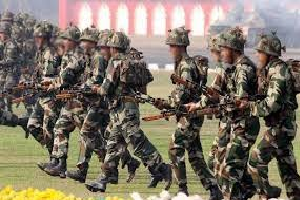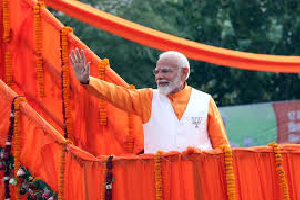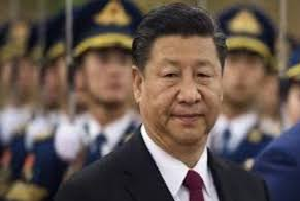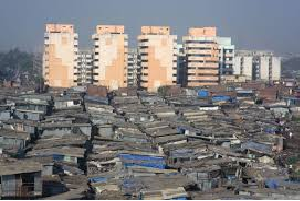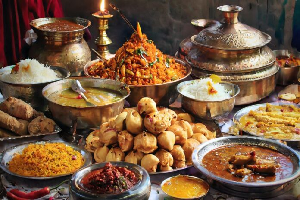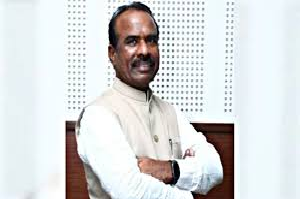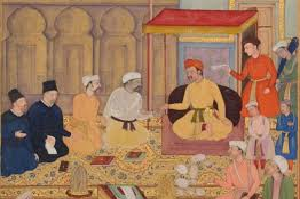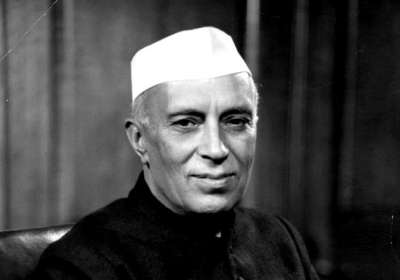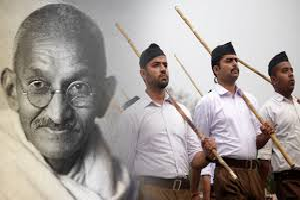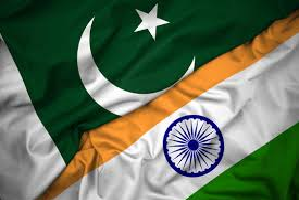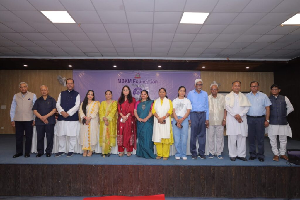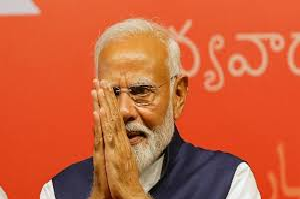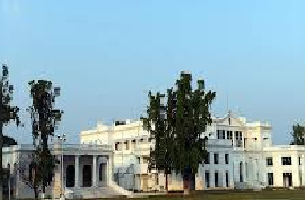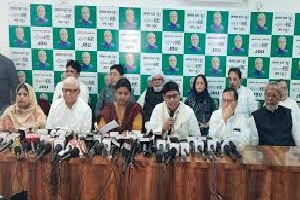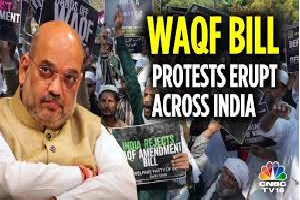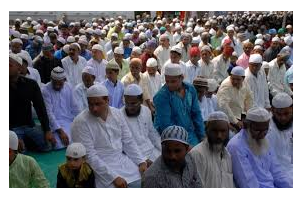17

Today’s Edition
New Delhi, 17 May 2024
Prof Shivaji Sarkar
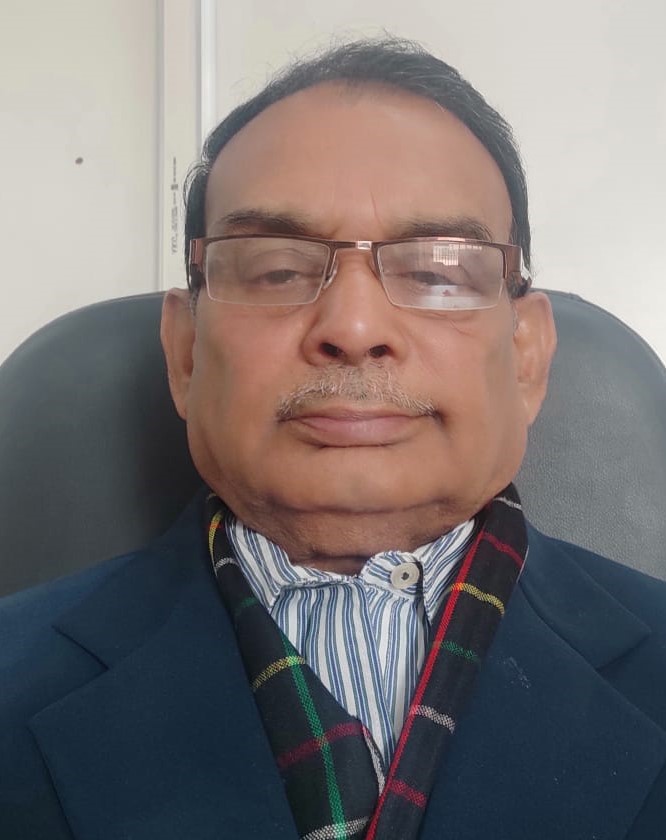
“We are the fifth largest economy”.
Are not we that large? Some stats say that but country has tougher stats to counter this like the difficult balance of payments position, rising prices and increasing unemployment. Then there are problems like protest by farmers for MSP and the Agniveer system of recruitment in the armed forces.
Article at a Glance
As India prepares for elections, the country's economic woes take centre stage. Despite claims of being the fifth-largest economy, India faces a grim reality of joblessness, with urban unemployment rising to 6.7% and men's unemployment jumping to 6.3%.
The International Labour Organisation reports 28 million people in forced labour, generating $236 billion in illegal profits globally. The government's promise of reservations may not be the solution, as the real issue is the lack of jobs.
The country needs to revamp its economy, reviving and reforming the public sector to create quality jobs and stop labour exploitation. The private sector must compete on equal terms, and reservations can only benefit the deprived castes if the economy is reshaped. Will India take the necessary steps to address its economic crisis and create a better future for its citizens?
Jobs not being there is the reality. Urban joblessness has risen to 6.7 percent from 6.5 percent in March 2024. The men’s unemployment has jumped to 6.3 percent from 5.8 percent. Periodic labour survey data is a pointer to difficult job scenario. This is reflected in the elections by Bihar caste survey that indicates more difficult situations for marginal castes, a detested reality. Caste denotes empowerment as well as deprivation.
Would a Congress manifesto professing over 50 percent reservation serve the issue? The BJP contests it. It is accused of wanting to rob reservations. It is repeatedly denied by RSS chief Mohan Bhagvat.
No party has answered if jobs are not there, how would a reservation help! National Commission for Backward Classes has warned West Bengal and Punjab governments for not “fully using the space available under the 50 percent ceiling for reservations for scheduled castes, tribes and backward classes and OBCs”. It asked Bengal to increase it by 5 percent and Punjab 13 percent. It finds that Bengal filled up 45 percent of the quota and Punjab only 37 percent.
Worst may be Arunachal Pradesh. Yet another sex racket is busted with eight government officials among 21 arrested.
The International Labour Organisation finds 28 million men women and children are in forced labour due to cycle of poverty. Of these 63 percent are in the private sector. Forced labour generates $ 236 billion in illegal profits globally every year.
“We now know that the situation has only got worse. The international community must urgently come together to take action to end this injustice,” said the ILO Director General.
The report, titled ‘Profits and poverty: The economics of forced labour’, also estimates that traffickers and criminals are generating close to $10,000 per victim, up from $8,269 (adjusted for inflation) a decade ago. The survey also said that forced commercial sexual exploitation contributes for more than two-thirds (73percent) of overall illicit profits, despite accounting for only 27 percent of all victims in privately imposed work. “Total annual illegal profits from forced labour are highest in Europe and Central Asia ($84 billion), followed by Asia, including India, and the Pacific ($62 billion), the Americas ($52 billion), Africa ($20 billion), and the Arab States ($18 billion),” the report said.
The ILO cautions India. It also worked on conditions of Indian labour in the Arab countries.
In a scenario, where people compromise with their dignity, the ILO doubts the figures on India’s galloping progress. The supposed $ 3 trillion economy, highly burdened with debt, has an annual repayment itself at over Rs 10.4 lakh crore.
Economic issues remain at the forefront of the voters. Globally shrinking jobs particularly in the IT has rattled many Indians. Political parties offering sops of reservations or apprenticeship of Rs 1 lakh a year (approx. Rs 8000 plus a month) sells well among the burgeoning numbers of jobless, who are already hit by one of the highest inflation of 55 percent in ten years. It is not easy for them to manage it amid farmers’ distress and trade deficit widening to a four-month high at $ 19.1 billion. Exports rise by one percent to $35 billion and imports to over 10 percent to $ 54.1 billion. This upsets the government calculations on the impending forex reserves.
How would the country improve job scenario? The age-old move to wean the workers away from the farms has failed. Still agriculture employs over 54 percent of the Indian workers. The Nehruvian economy created robust public sector organisation. In 1994-2000, PSUs employed 19.4 million (about 2 crore) people or 69 percent of the total employed. The other 31 percent were employed in the central and state governments. Some 3.4 million jobs were added to nonfarm pay rolls and unemployment at 5.6 percent had fallen from 6.6 percent.
In sharp contrast, in 2021-22, PSU employment reduced to 8.61 lakh. And it is gradually reducing. According to official statistics, employment in the organized sector is now a mere 8.34 percent, of which public sector accounts for 5.77 percent and private sector only 2.58 percent in the total employment generated.
The governments massive infra investment of Rs 11 lakh crore this fiscal may have added some jobs in the construction sector but these short-term jobs are not considered quality work. Apart infra investments are subject to erosion in many ways, right from excess cost estimation to longer gestation.
So the promise of reservation is day dream. According to CMIE, employment in India increased by a mere 5.8 million till March 2023. An additional 119 million people were not added to the potential labour force during the same. The estimates show that self-employment has been the chief driver of the Indian job market, which was hit hard by demonetisation crushing parallel self-sustained economy.
Poll promises apart, the country is in the grip of severe economic crisis. Ideally, more PSUs are required to stop labour exploitation in the private sector as well as their disinclination to create jobs. The Mahanavratna and Navratna industries were doing well when most of these were axed or sabotaged like the Air India and HMT to facilitate the growth of the private sector, which earned huge profits but did not create jobs.
Reversing it would require revival and reforming the Planning Commission and reshaping the economy in the public sector where the private sector would have to compete on equal terms. Reservations to benefit the deprived castes then only would yield results. Would a revamp be possible?
---------------


